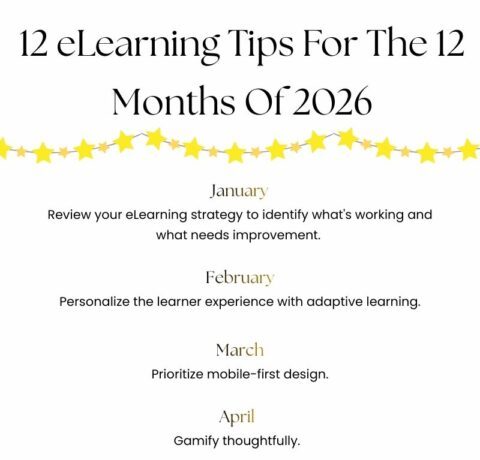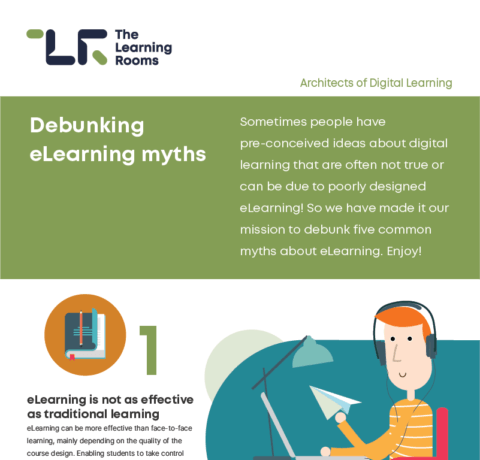Components of a Successful eLearning Business Case Infogaphic
According to the 2016 Training Industry Report, the top five types of intended training and product purchases were all eLearning-related, from learning management systems, to content development.
However, L&D teams are constantly battling other departments for budget space, and, as a rule of thumb, “training expenditures follow the economy. When the economy is booming, there’s lots of money for training. When the economy slumps, training expenditures are among the first cuts that businesses make.”
In a tough economy, it can be difficult to get key stakeholders and decision-makers on board with your eLearning plan. Often, numbers make the most persuasive argument, and that’s where building a business case can help.
So, how can you ensure you build a successful business case for eLearning? This infographic will present eight components of a successful eLearning business case to help you convince key decision-makers in your organization to fund your training program.
1. Executive Summary
This section allows you to bring a high-level view to your proposal. Highlight the key takeaways you think are most important.
2. Business Need
Use this space to explain the background of the need or needs that your proposed plan will meet.
3. Solution
Remember that one alternative you will want to present is the option of doing nothing. It’s important to understand the consequences, and the cost, of making this choice.
4. Budget
Decision-makers are watching spending closely, so you will need to be as specific as you can in this section, and make sure your numbers are accurate.
5. Anticipated ROI (Return on Investment)
Each organization will value different results, and benefits can be valued in terms of an increase in gains as well as a decrease in costs.
6. Implementation Plan
A timeline which clearly outlines the steps to implementation is a great way to reassure stakeholders that there is a clear path to success.
7. Challenges
Use this section to highlight any problems you foresee, and the steps you will take to mitigate their negative effect.
8. Closing Statement
Provide a convincing, high level takeaway on why and how your proposal will benefit the organization.







You can adjust your cookie preferences here.